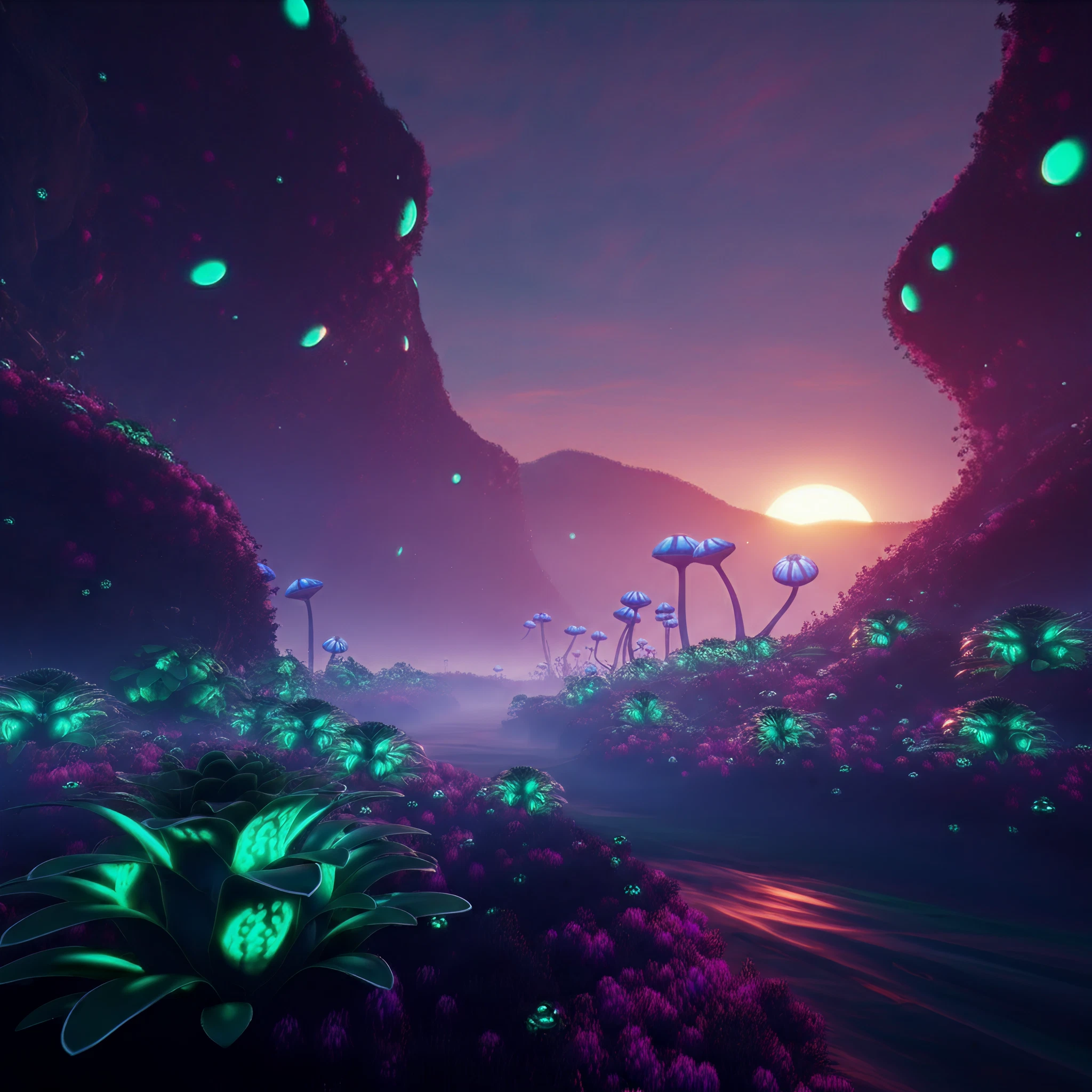Could humanity finally be on the brink of discovering extraterrestrial life? Scientists have uncovered the strongest evidence yet of possible life beyond Earth, and the findings are as tantalizing as they are groundbreaking. Using the advanced capabilities of the James Webb Space Telescope (JWST), researchers have detected chemical signatures on the exoplanet K2-18 b that could hint at the presence of living organisms.
A Breakthrough Discovery on K2-18 b
K2-18 b, an exoplanet located 120 light-years away in the constellation Leo, orbits a star in what is known as the “habitable zone.” This region allows for conditions where liquid water could theoretically exist, one of the essential ingredients for life as we know it. The exoplanet is larger than Earth, falling into a category called “mini-Neptunes,” and has intrigued scientists since its discovery.
What makes this most recent announcement particularly exciting is the detection of two key gases in K2-18 b’s atmosphere, dimethyl sulfide (DMS) and dimethyl disulfide (DMDS). On Earth, DMS is a compound exclusively associated with biological processes, such as those carried out by marine phytoplankton. This raises the electrifying possibility that similar organisms could be flourishing on this distant world.
Chemical Clues to Life
The James Webb Space Telescope, known for its astounding ability to observe distant exoplanets, identified these chemicals along with abundant methane and carbon dioxide in K2-18 b’s atmosphere. This specific combination points to the potential presence of an ocean-covered surface and even an atmosphere suitable for hosting life.
Dr. Amina Khan, a planetary scientist, explains, “The presence of DMS is fascinating because, on Earth, it is only produced by life. While this isn’t definitive proof, it’s the strongest indicator we’ve found yet of a biosignature beyond our planet.”
Still, scientists urge caution. The mere presence of DMS and DMDS in the atmosphere does not confirm life but suggests that further study is critical. The combination of these gases could also be explained by unusual atmospheric reactions unrelated to biology.
What Makes K2-18 b Unique?
Unlike rocky planets such as Earth, K2-18 b is a mini-Neptune with a hydrogen-rich atmosphere. Its proximity to its host star offers the right balance of conditions to keep its surface potentially warm enough for liquid water, a basic requirement for sustaining life. These unique properties make it a compelling candidate for studying habitability.
Additionally, the planet’s large size and dense atmosphere make it easier for researchers to examine its chemical composition using telescopes like JWST. While K2-18 b is not “Earth-like” in the traditional sense, it expands the criteria for potentially habitable worlds in our galaxy.
What Happens Next?
The search for life on K2-18 b is far from over. Scientists plan to conduct more follow-up observations using the James Webb Space Telescope to confirm the presence of DMS and better understand the atmospheric conditions of the planet. Additionally, they aim to scour the atmospheres of other smaller, Earth-like exoplanets for similar biosignatures.
These discoveries mark an important step forward in the field of astrobiology, pushing us closer to answering the age-old question, Are we alone in the universe?
However, researchers emphasize that these findings require cautious optimism. “We’re searching for the extraordinary,” notes Dr. Rebecca Lin, an astrophysicist. “Extraordinary claims require extraordinary evidence.”
The Implications of a Potential Biosignature
If confirmed, the presence of DMS on K2-18 b could revolutionize our understanding of life’s distribution in the universe. It would suggest that life might arise in much broader conditions than previously believed, expanding the definition of what makes a planet “habitable.” For now, the discovery serves as an inspiring reminder of human curiosity and our relentless pursuit of knowledge.
Modern telescopes continue to offer unprecedented clarity in uncovering the secrets of the cosmos. Every new revelation, from identifying water vapor on distant worlds to detecting biosignatures, reinforces the possibility that life may not be strictly limited to Earth.
Stay Curious, Stay Optimistic
The discovery on K2-18 b gives humanity a cosmic breadcrumb trail to follow toward an incredible scientific breakthrough. For space enthusiasts and the curious alike, this is a reminder to dream big—to look up at the stars and wonder what lies beyond.
Curious to learn more about our place in the universe? Stay tuned for updates as scientists push the limits of exploration and discovery. Who knows? The next big breakthrough might be just around the corner.








